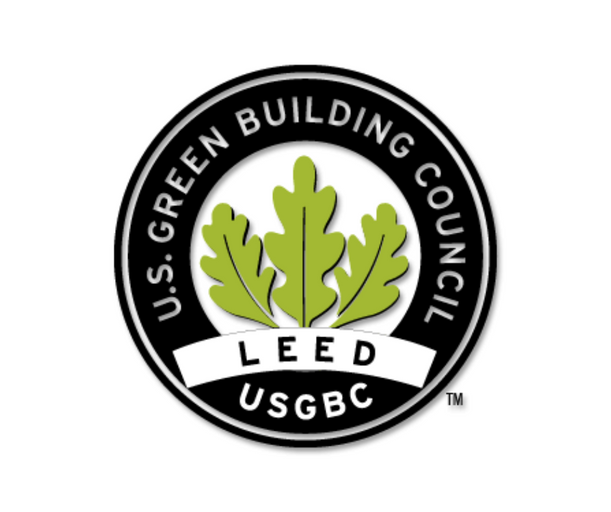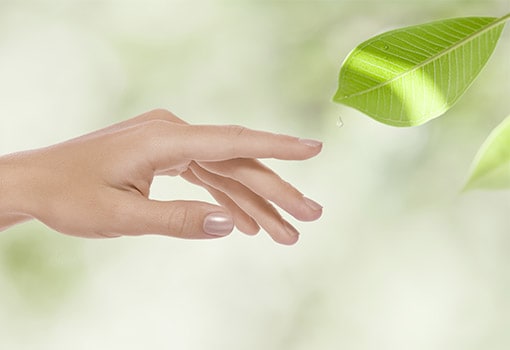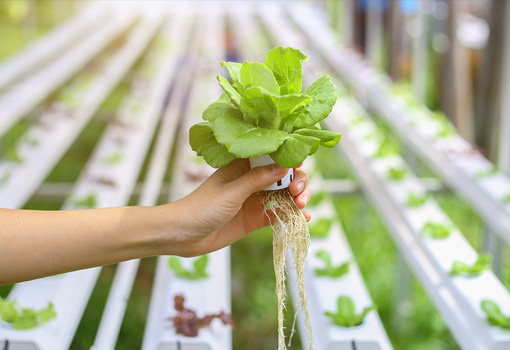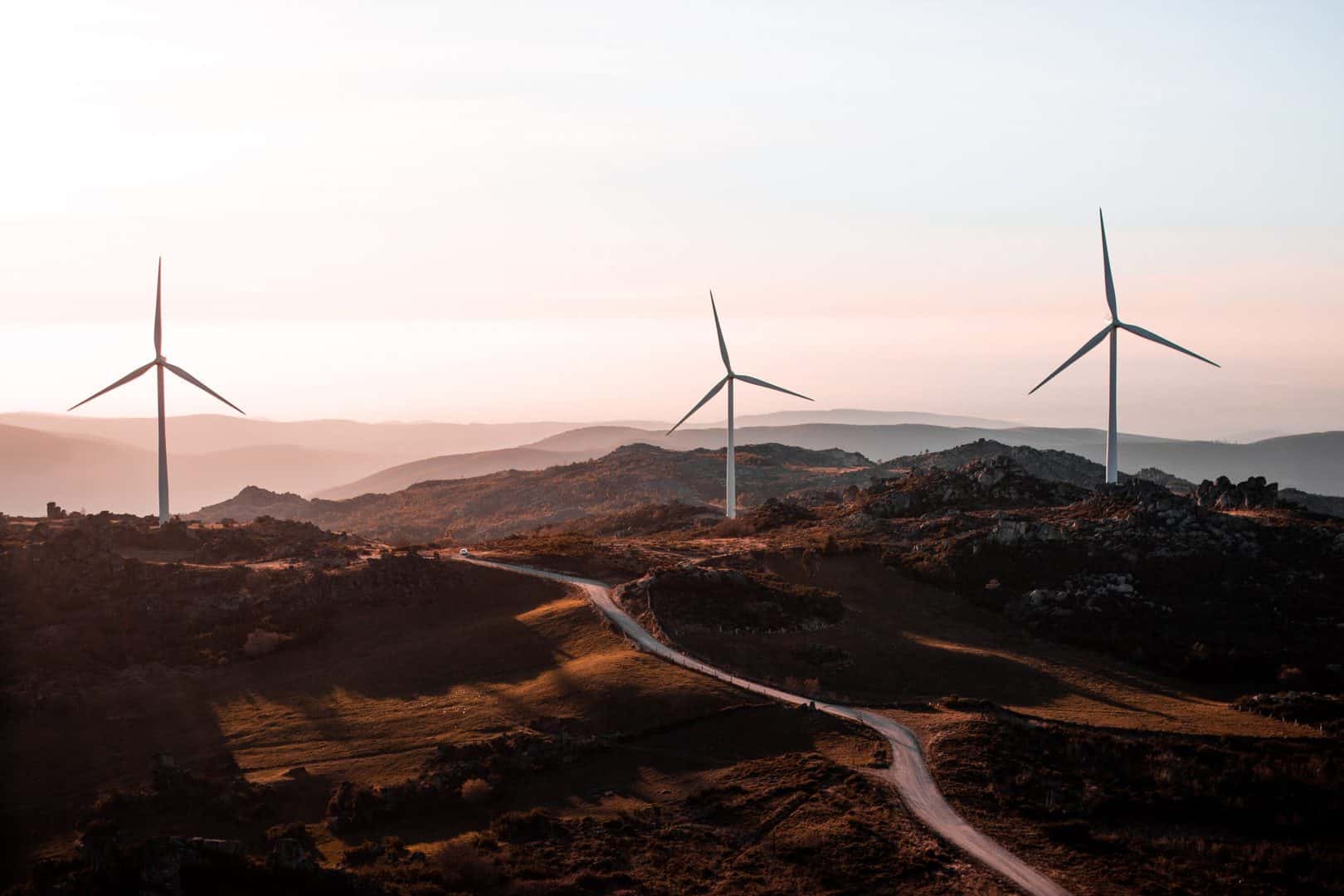Have you ever seen a LEED plaque on a building and wondered what it was? Wonder no more!
what is leed
LEED stands for Leadership in Energy and Environmental Design. It’s a green building standard.
LEED-certified buildings meet the LEED standards as healthy, sustainable, resource-efficient and cost-effective. This means they have successfully completed the certification process, which is overseen by the U.S. Green Business Council.
how to get leed-certified
The certification process uses a points-based rating system. Each green measure, practice or activity earns points, and you need to accumulate a minimum number of points to be certified.
There are 4 levels: Certified, Silver, Gold and Platinum. Certified status is the lowest, and requires the fewest points (40-49). Platinum is the highest and most rigorous status, requiring the most number of points (80+).
What activities will increase your score? Using energy-efficient equipment or locally sourced and recycled materials. Other examples include waste reduction practices, water conservation, and ensuring cleaner air quality. There’s a range of areas. And you need to provide documentation as evidence of your claims.
who can apply?
Commercial spaces like office buildings, retail, hotels, and hospitals are the most common. But residential spaces, like houses and apartment buildings, are also eligible.
Buildings can apply while they are still in construction or as an existing building, or even both in succession as they move into different phases.
And interestingly, communities and cities can even attain certification. For this group, the criteria might focus more on access to quality public transit or how walkable the neighborhood is.
leed isn’t an endpoint
Earning LEED certification status is no easy feat, certainly! It’s absolutely an achievement but it’s not necessarily an endpoint, because this status must be recertified periodically. Buildings or projects must continue to track their energy and water use data for 5 years after certification.
There are other standards like TRUE, which focuses on zero waste, or the Living Building Challenge. Internationally, there’s Green Star certification, managed by the Green Building Council of Australia.
When you see the LEED plaque on a building’s exterior, you know it’s going to be healthier for the environment and the people inside!
Sources: U.S. Green Business Council; LEED Rating System













